About 2,300 miles east of Florida, near an underwater mountain range, lies a unique site teeming with microscopic life. Known as the "Lost City Hydrothermal Field," it stretches along the Mid-Atlantic Ridge, 2,600 feet beneath the ocean’s surface. Coated in calcium deposits, the area has a haunting beauty, with towering carbonate structures and calcite vents that host rare microorganisms feeding on hot gases. Discovered in 2000 by researchers from the University of Washington and the Woods Hole Oceanographic Institution (WHOI), this vent system offers fascinating insights into the possible origins of life.
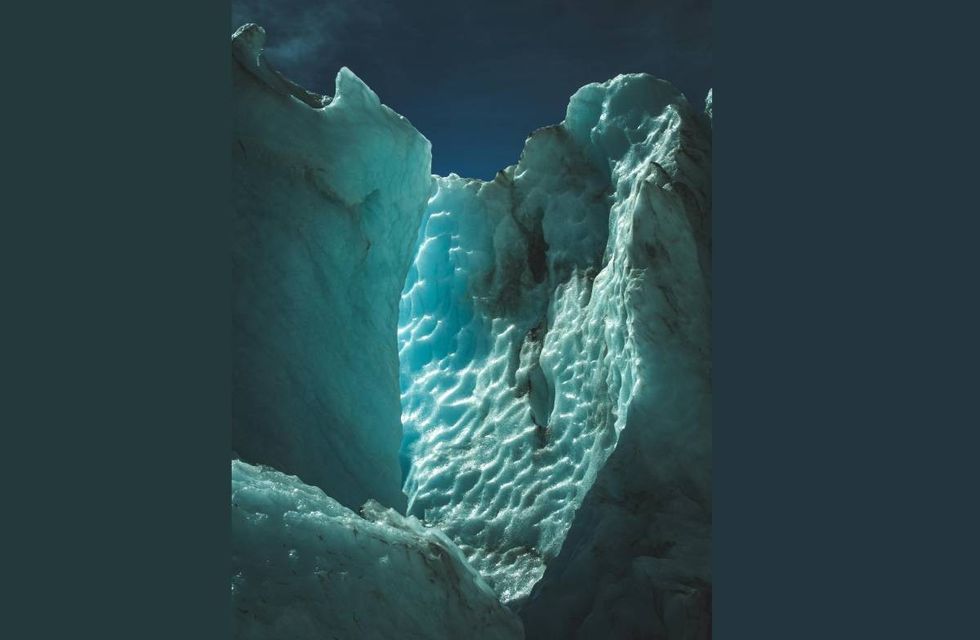
“This new venting system, called Lost City was unlike any place ever previously visited. Investigation of this site is changing our views not only about the conditions under which life can thrive on our planet but on others as well,” NOAA writes on its website. The “Lost City” is the longest-lived venting environment known in the ocean. The city is sprinkled with natural rocky sculptures that range in height anywhere from tiny stacks the size of toadstools to a grand monolith standing 60 meters (nearly 200 feet) tall and named “Poseidon."
In this bizarre city, for millions of years, chemical reactions have been going on between the mantle rocks and the seawater. The reaction spews out enormous quantities of gases like hydrogen and methane into the ocean. These gases act like food for the microbial residents who survive and thrive in the cracks and crevices of the field's vents.
The most interesting thing is that hydrocarbons here are formed not by atmosphere or sunlight, but by these reactions occurring on the seafloor, that release the gases trapped inside rocks. These microscopic organisms have learned to survive in hostile environments, even without oxygen. They derive some energy from seawater and some from hydrocarbons. “It’s the closest thing to a free lunch the universe provides,” microbiologist William Brazelton told The Smithsonian. This fascinating mechanism could provide some groundbreaking insights into the origin of life.
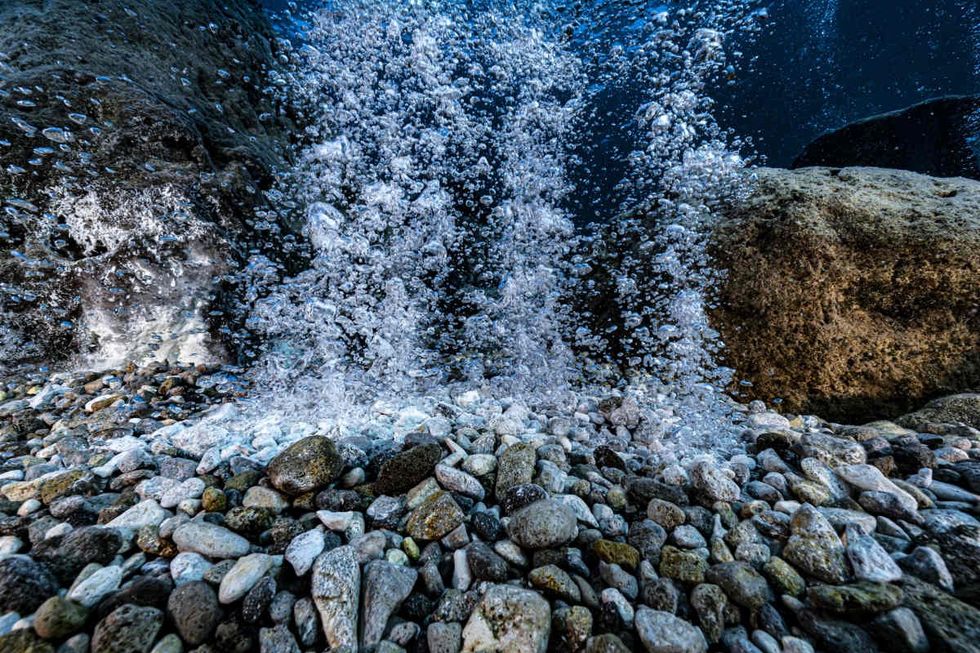
At the tops of the rocky towers, there are hot chimneys, inside of which reside colonies of nano-sized creatures like snails and crustaceans. In some places, there are considerably large-sized animals such as crabs, shrimp, sea urchins, and eels.
The waters rolling inside the Lost City generally carry a temperature around 200°F, which is cooler than the fluids found in the black smokers because it is not heated by magma; rather, the heat comes from serpentinization, a chemical reaction between seawater and mantle rock. “The reaction between the rock and seawater produces 10 to 100 times more hydrogen and methane (a hydrocarbon) than a typical black smoker system found along volcanic mid-ocean ridges,” as Giora Proskurowski and Deborah Kelley, two authors of a paper in the February issue of the journal Science, explained.
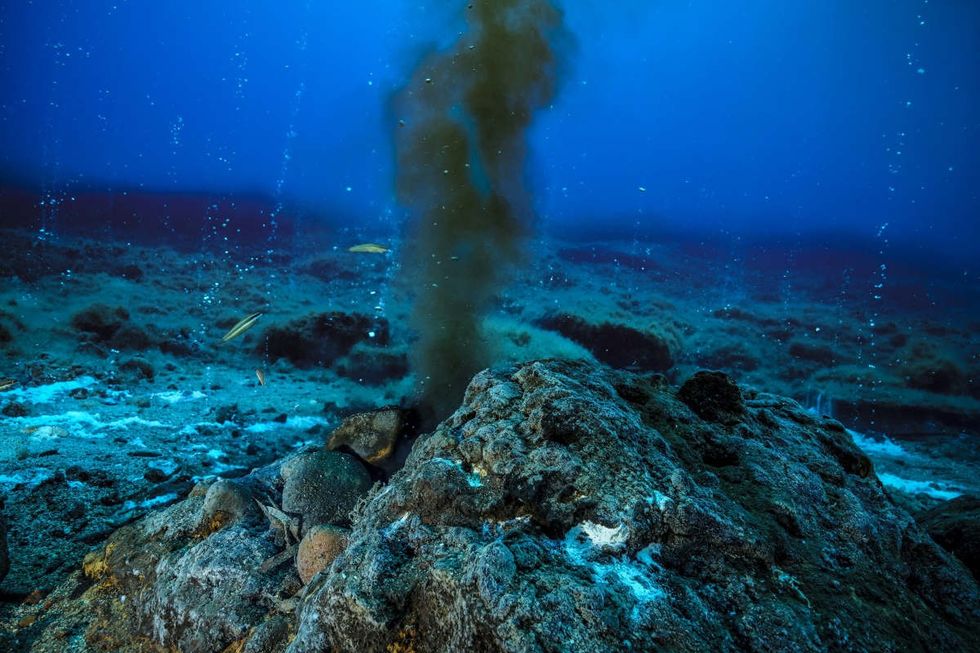
Unlike black smokers, which are underwater volcanic jets, the Lost City’s ecosystem doesn’t depend on the formation of magma. Plus, the calcite vents of Lost City have survived longer than any other like it in the world.
Since hydrocarbons are the building blocks that gave birth to life, the discovery of life in this strange habitat of 'Lost City' indicates the possibility that there might be life somewhere else humans have never expected. If a similar kind of habitat is there on Earth, or even on some other planet, it is possible that microscopic life could survive there as well. "This is an example of a type of ecosystem that could be active on Enceladus or Europa right this second," Brazelton told The Smithsonian, referring to the moons of Saturn and Jupiter. "And maybe Mars in the past." Proskurowski also proclaimed, "The detection of these organic building blocks from a non-biological source is possible evidence in our quest to understand the origin of life on this planet and other solar bodies,” per WHOI.
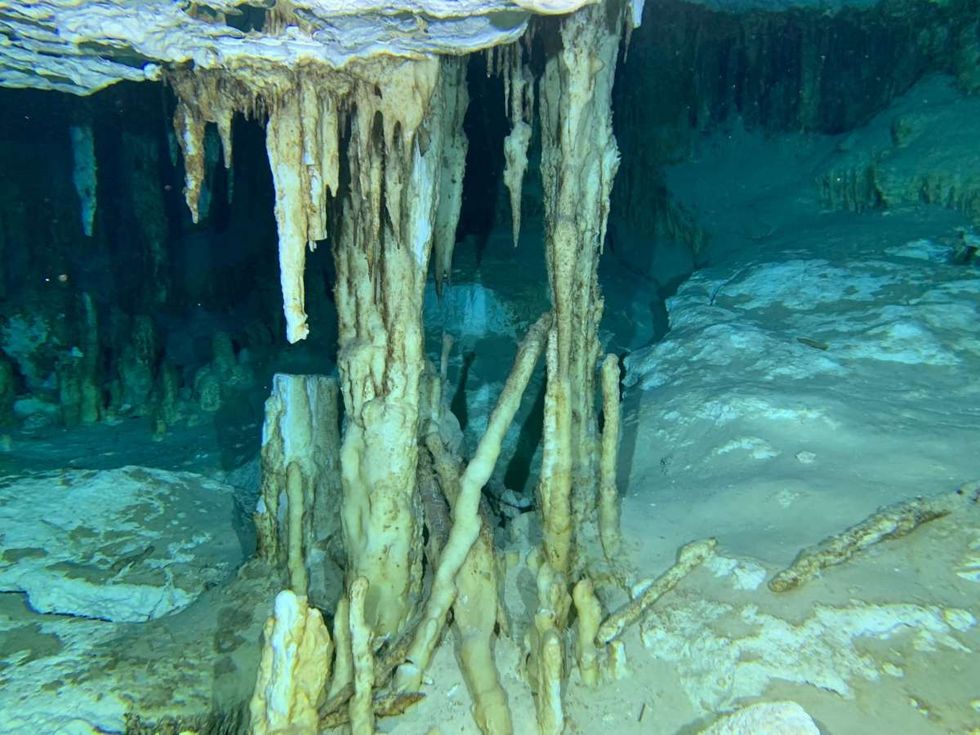
Meanwhile, just northeast of these towers, researchers arrived at a cliffside. According to ScienceAlert, they described the vents here as 'weeping' with fluid to produce "clusters of delicate, multi-pronged carbonate growths that extend outward like the fingers of upturned hands." After the initial discovery of the Lost City, researchers went back there once more in 2003 for a 19-day expedition using the 3-person submersible Alvin, where numerous samples of rocks, fluids, and biology were recorded for analysis.
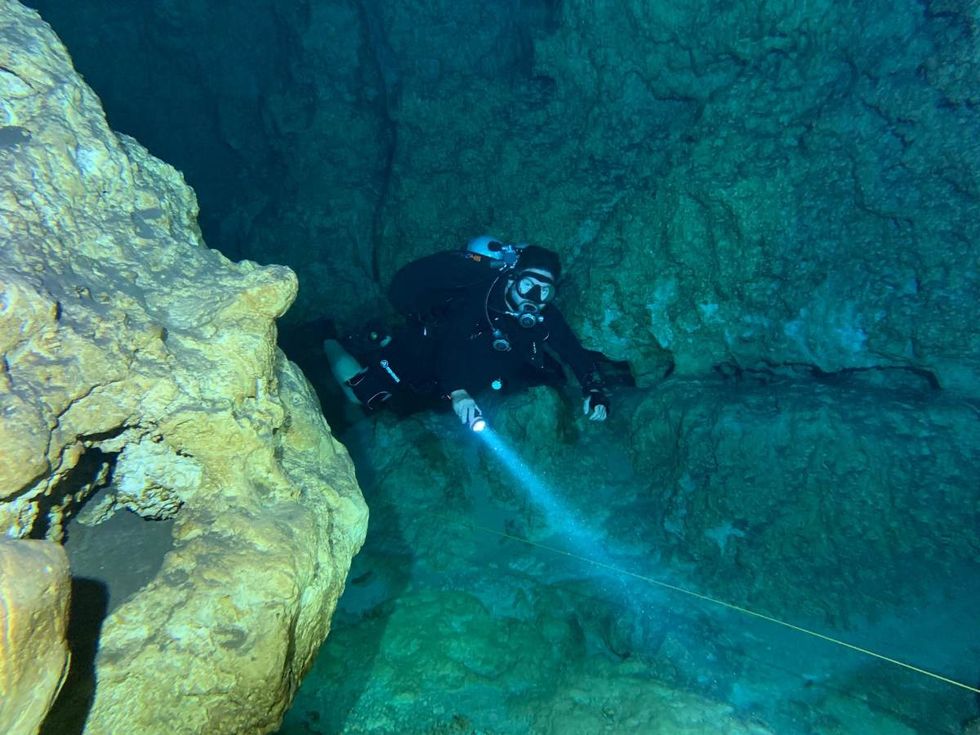
In 2018, when Poland won the rights to mine the deep sea around Lost City, some scientists warned that there could be dire consequences. Any plumes of toxic gases or ejection of radioactive materials released during the mining could easily trigger the destruction of this city’s magnificent habitat. Some scientists even urged the higher officials to list the Lost City as a World Heritage site, to protect the natural wonder before it's too late.





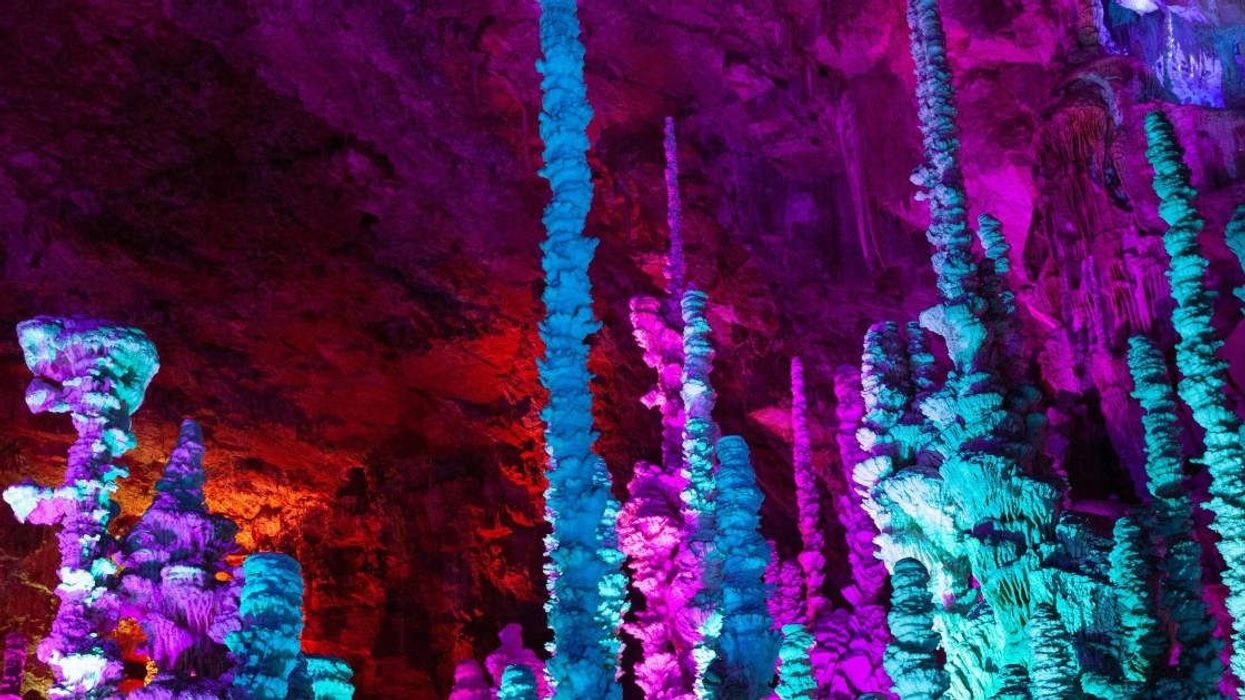











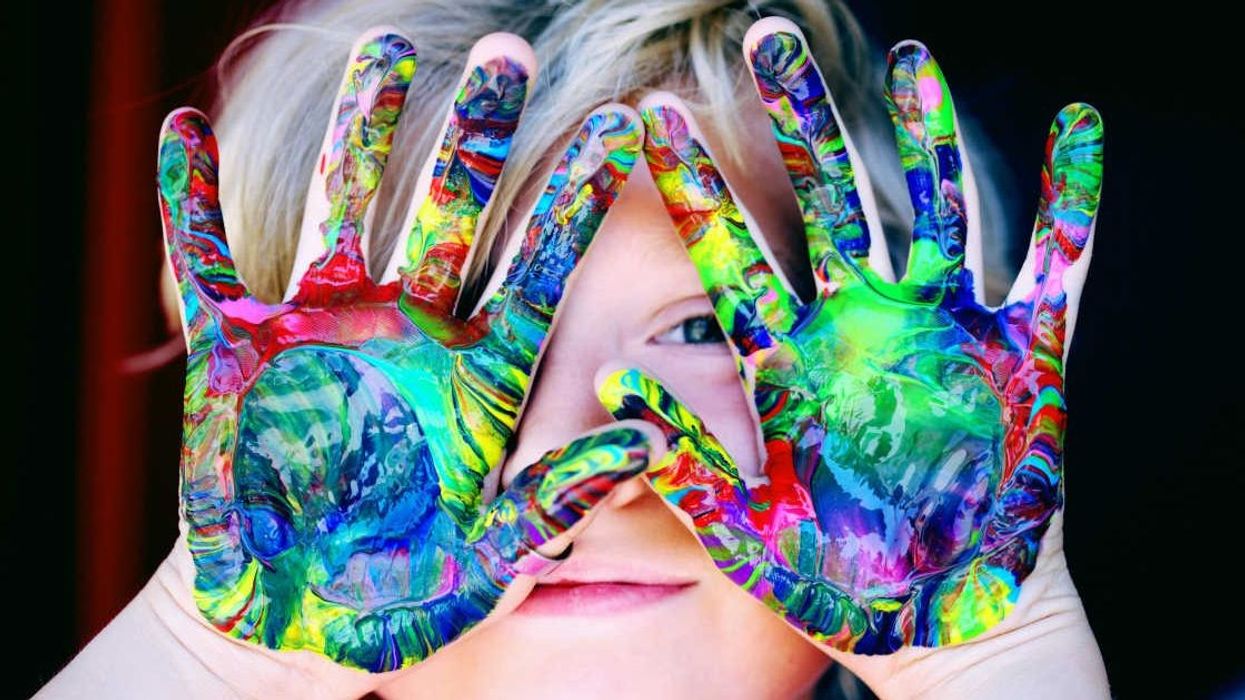
 Representative Image: Accents reveal heritage and history.
Representative Image: Accents reveal heritage and history.  Representative Image: Even unseen you can learn a lot from an accent.
Representative Image: Even unseen you can learn a lot from an accent. 

 Rice grain and white rice.Image via
Rice grain and white rice.Image via  Person eats rice.Image via
Person eats rice.Image via  Washing and rinsing rice.
Washing and rinsing rice.  Mother and daughter eating rice meal.Image via
Mother and daughter eating rice meal.Image via 

 Bees feeding on food source.Image via
Bees feeding on food source.Image via 
 In the depths...Pexels | francesco ungaro
In the depths...Pexels | francesco ungaro Hope the lights stay on. Pexels | parfait fongang
Hope the lights stay on. Pexels | parfait fongang "That was beyond crazy..." YouTube |
"That was beyond crazy..." YouTube |  "This is the stuff of my nightmares..."YouTube |
"This is the stuff of my nightmares..."YouTube |  "Totally blown away..." YouTube |
"Totally blown away..." YouTube | 
 A representative Image of The Atlantic Ocean. Source: Pexels | Kellie Churchman
A representative Image of The Atlantic Ocean. Source: Pexels | Kellie Churchman Representative Image Source: Painting from a series by Ernest Untermann in the museum at Dinosaur National Monument, Utah.
Representative Image Source: Painting from a series by Ernest Untermann in the museum at Dinosaur National Monument, Utah. Representative Image Source: VARIOUS DINOSAURS IN GOBI DESERT. Photo by H. Armstrong Roberts/ClassicStock/Getty Images
Representative Image Source: VARIOUS DINOSAURS IN GOBI DESERT. Photo by H. Armstrong Roberts/ClassicStock/Getty Images
President Donald J. Trump and photo of a forest.
Public united and adamantly opposes Trump’s plan to roll back the Roadless Rule
There doesn't seem to be much agreement happening in the U.S. right now. Differing moral belief systems, economic disparity, and political divide have made a country with so many positives sometimes feel a little lost. Everyone desperately seeks a niche, a connection, or a strong sense of community to which they can feel a "part of," rather than just "apart."
But there seems to be one thing that the country strongly unites over, and that's the "Roadless Rule." With the Trump Administration attempting to roll back conservation policies that protect U.S. National Forests, Americans are saying in harmony an emphatic "No." A nonpartisan conservation and advocacy organization, the Center for Western Priorities, reviewed a comment analysis on the subject. After receiving 223,862 submissions, a staggering 99 percent are opposed to the president's plan of repeal.
What is the 'Roadless Rule' policy implemented in 2001?
The Roadless Rule has a direct impact on nearly 60 million acres of national forests and grasslands. According to the U.S. Department of Agriculture, the rule prohibits road construction and timber harvests. Enacted in 2001, it is a conservation rule that protects some of the least developed portions of our forests. It's considered to be one of the most important conservation wins in U.S. history.
America's national forests and grasslands are diverse ecosystems, timeless landscapes, and living treasures. They sustain the country with clean water and the wood products necessary to build our communities. The National Parks protected under their umbrella offer incredible recreational retreats and outdoor adventure.
Why does the administration want to roll it back?
U.S. Secretary of Agriculture Brooke L. Rollins told the Department of Agriculture in a 2025 press release, “We are one step closer to common sense management of our national forest lands. Today marks a critical step forward in President Trump’s commitment to restoring local decision-making to federal land managers to empower them to do what’s necessary to protect America’s forests and communities from devastating destruction from fires." Rollins continued, “This administration is dedicated to removing burdensome, outdated, one-size-fits-all regulations that not only put people and livelihoods at risk but also stifle economic growth in rural America. It is vital that we properly manage our federal lands to create healthy, resilient, and productive forests for generations to come. We look forward to hearing directly from the people and communities we serve as we work together to implement productive and commonsense policy for forest land management.”
Forest Service Chief Tom Schultz explained the Roadless Rule frustrated land management and acts as a challenging barrier to action. It prohibits road construction needed to navigate wildfire suppression and properly maintain the forest. Schultz said, “The forests we know today are not the same as the forests of 2001. They are dangerously overstocked and increasingly threatened by drought, mortality, insect-borne disease, and wildfire. It’s time to return land management decisions where they belong – with local Forest Service experts who best understand their forests and communities."
Why are people adamantly opposed to the proposed rollback?
A 2025 article in Earthjustice, a nonprofit environmental law organization, expressed its concern over the protection of national forests covering 36 states and Puerto Rico. A rescinded rule allows increased logging, extractive development, and oil and gas drilling in previously undisturbed backcountry. Here is what some community leaders had to say about it:
President Gloria Burns, Ketchikan Indian Community, said, "You cannot separate us from the land. We depend on Congress to update the outdated and predatory, antiquated laws that allow other countries and outside sources to extract our resource wealth. This is an attack on Tribes and our people who depend on the land to eat. The federal government must act and provide us the safeguards we need or leave our home roadless. We are not willing to risk the destruction of our homelands when no effort has been made to ensure our future is the one our ancestors envisioned for us. Without our lungs (the Tongass) we cannot breathe life into our future generations.”
Linda Behnken, executive director of the Alaska Longline Fishermen’s Association, stated, "Roadbuilding damaged salmon streams in the past — with 240 miles of salmon habitat still blocked by failed road culverts. The Roadless Rule protects our fishing economy and more than 10,000 jobs provided by commercial fishing in Southeast Alaska.”
The Sierra Club's Forest Campaign Manager Alex Craven seemed quite upset, saying, "The Forest Service followed sound science, economic common sense, and overwhelming public support when they adopted such an important and visionary policy more than 20 years ago. Donald Trump is making it crystal clear he is willing to pollute our clean air and drinking water, destroy prized habitat for species, and even increase the risk of devastating wildfires, if it means padding the bottom lines of timber and mining companies.”
The 2025 recession proposal would apply to nearly 45 million acres of the national forests. With so many people writing in opposition to the consensus, the public has determined they don't want it to happen.
Tongass National Forest is at the center of the Trump administration's intention to roll back the 2001 Roadless Rule. You can watch an Alaska Nature Documentary about the wild salmon of Tongass National Forrest here:
- YouTube www.youtube.com
The simple truth is we elect our public officials to make decisions. The hope is they do this for all of our well-being, although often it seems they do not. Even though we don't have much power to control what government officials do, voicing our opinions strongly enough often forces them to alter their present course of action. With a unanimous public voice saying, "No!" maybe this time they will course correct as the public wishes.